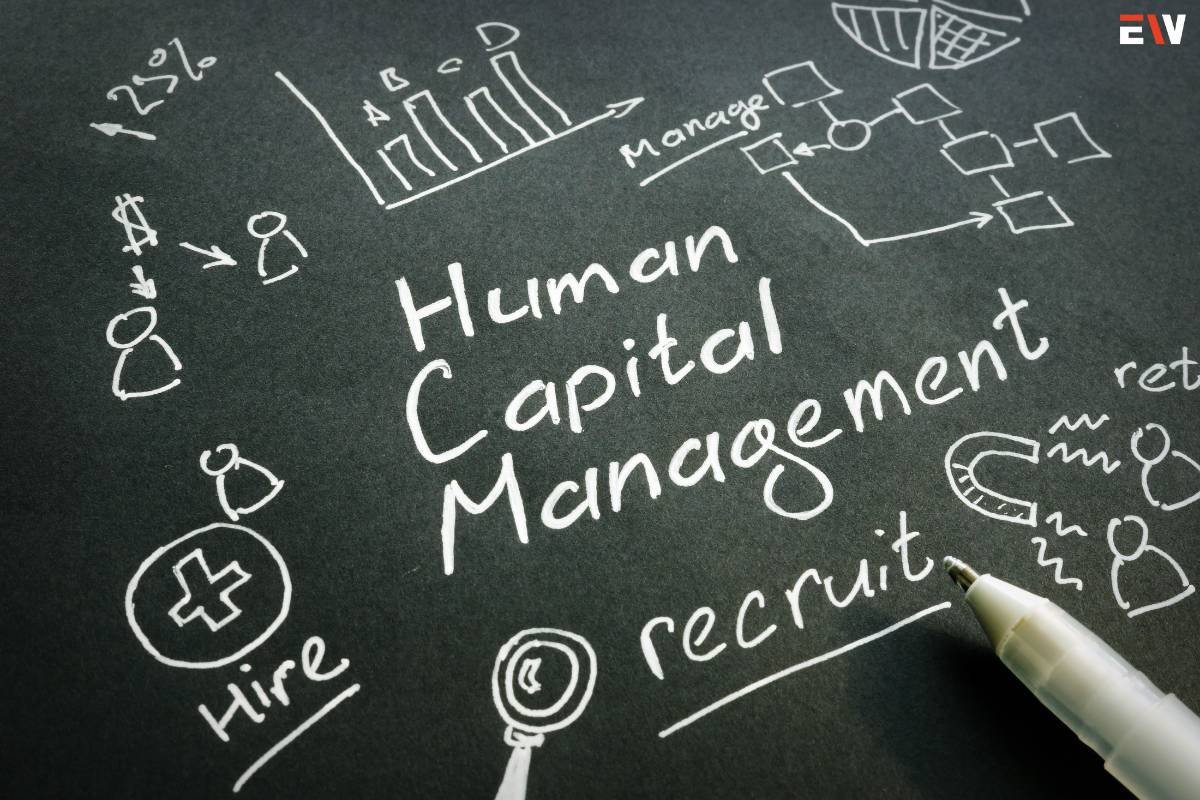In today’s competitive business environment, organizations are increasingly recognizing the pivotal role of human capital management (HCM) in driving success. Human capital, comprising the skills, knowledge, and abilities of employees, stands as the most valuable asset for any company. Effective Human Capital Management strategies not only attract top talent but also nurture and retain them, ultimately contributing to organizational growth and sustainability.
Understanding Human Capital Management
Human Capital Management refers to the comprehensive approach taken by organizations to recruit, develop, manage, and optimize their workforce. It encompasses a range of functions, including talent acquisition, onboarding, training and development, performance management, and succession planning. The core objective is to align employees’ skills and motivations with the organization’s strategic goals.
Key Components of Successful HCM
1. Strategic Workforce Planning:
A forward-thinking approach involves forecasting future workforce needs based on business goals. This ensures having the right talent in the right positions at the right time, reducing talent shortages or surpluses.
2. Talent Acquisition and Retention:
An effective HCM strategy involves attracting top talent through employer branding, offering competitive compensation and benefits, and providing a conducive work environment. Equally important is retaining this talent by investing in their growth, fostering a positive workplace culture, and offering opportunities for career advancement.
3. Employee Development and Training:
Continuous learning and development opportunities not only enhance employee skills but also boost morale and engagement. Providing training programs that align with both individual career aspirations and organizational goals is crucial.
4. Performance Management:
Regular performance evaluations and feedback mechanisms help identify strengths, and areas for improvement and align individual goals with organizational objectives. This facilitates employee growth and contributes to overall performance enhancement.
5. Succession Planning:
Anticipating and preparing for key position vacancies ensures a smooth transition and minimizes disruptions. Identifying and grooming high-potential employees for leadership roles is a critical aspect of succession planning.
Benefits of Effective Human Capital Management
Implementing robust human capital management strategies brings about numerous benefits:

1. Increased Productivity:
Engaged and motivated employees tend to be more productive, positively impacting overall business performance.
2. Talent Retention:
A focus on employee development and satisfaction reduces turnover rates, saving recruitment costs and preserving institutional knowledge.
3. Innovation and Adaptability:
A diverse and skilled workforce is more adaptable to change, fostering innovation and creativity within the organization.
4. Enhanced Employer Brand:
A reputation as a great place to work attracts top talent, further strengthening the organization.
5. Improved Decision-Making:
Data-driven HCM practices provide valuable insights for better decision-making, aligning workforce strategies with business objectives.
Leveraging Technology in HCM
The technological landscape has significantly impacted HCM practices. Human Resource Information Systems (HRIS) and other digital tools streamline processes, automate repetitive tasks, and provide data analytics for informed decision-making. Cloud-based platforms offer scalability and accessibility, facilitating remote work and global collaborations.
Embracing Future Trends in HCM
The future of HCM is marked by several emerging trends:
1. Remote Work and Flexibility:
The pandemic accelerated the adoption of remote work. Flexible work arrangements are becoming the norm, requiring HCM strategies to adapt to this new dynamic.
2. AI and Automation:
AI-driven tools aid in talent acquisition, data analysis, and predictive analytics, optimizing various HR functions.
3. Focus on Employee Well-being:
Organizations are increasingly prioritizing employee well-being, offering wellness programs, mental health support, and a better work-life balance.
4. Diversity, Equity, and Inclusion (DEI):
Emphasizing DEI initiatives fosters an inclusive culture, unlocking the full potential of a diverse workforce.
Employee Engagement and Feedback Mechanisms
Engaged employees are more likely to be committed to their work and the organization’s goals. Establishing regular feedback loops, open communication channels, and recognition programs fosters a culture of engagement. Employee surveys, pulse checks, and forums for suggestions empower employees, making them feel valued and heard, consequently boosting morale and productivity.
Knowledge Management and Transfer

As seasoned employees retire or move on, organizations face the challenge of retaining institutional knowledge. Implementing knowledge management systems and mentorship programs facilitates the transfer of expertise from experienced employees to newer recruits. This preserves critical knowledge within the organization and accelerates the learning curve for new hires.
Agile Workforce and Skill Development
The rapid pace of technological advancement requires a workforce that can adapt and upskill accordingly. HCM strategies should focus on fostering a learning culture that encourages continuous skill development. Access to online courses, workshops, and certifications helps employees stay relevant in an ever-changing landscape, ensuring the organization remains competitive.
Ethics and Compliance
Embedding ethical behavior and compliance within the organizational culture is crucial. Human Capital Management should include robust policies and training programs that emphasize ethical conduct, diversity, and compliance with industry regulations. This not only mitigates risks associated with non-compliance but also builds trust with stakeholders.
Global Talent Management

For organizations operating on a global scale, managing a diverse workforce across different cultures and geographies poses unique challenges. Human capital management strategies need to account for cultural nuances, language barriers, and varying labor laws. Leveraging technology for cross-cultural training and localized HR practices ensures a cohesive global workforce.
Measuring HCM Effectiveness
Tracking the effectiveness of Human Capital Management strategies is imperative for continuous improvement. Key performance indicators (KPIs) such as employee satisfaction scores, turnover rates, training ROI, and performance metrics aid in assessing the impact of HCM initiatives. Data-driven insights enable HR teams to make informed decisions and refine strategies for better outcomes.
Conclusion
The holistic approach of Human Capital Management encompasses multifaceted strategies aimed at nurturing and leveraging the potential of employees. By embracing engagement initiatives, knowledge transfer mechanisms, agile skill development, ethical practices, global considerations, and effective measurement, organizations can create an environment where employees thrive, driving the company toward sustained success. HCM evolves continuously, and adapting to these changes ensures that organizations not only survive but thrive in the ever-evolving business landscape.










